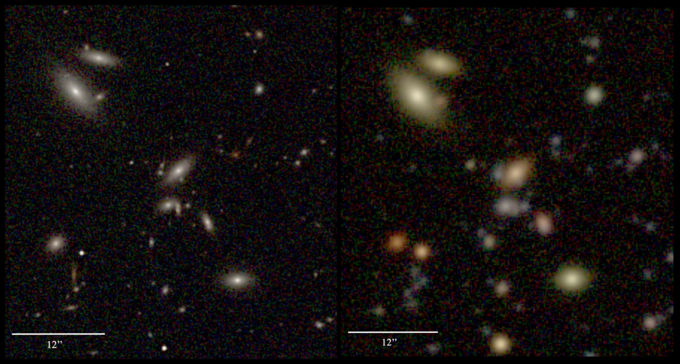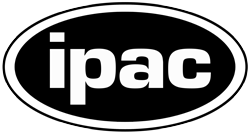NASA OpenUniverse 2024 Simulated Roman & Rubin Images
Summary
The NASA OpenUniverse2024 project, led by Michael Troxel (Duke), simulated spatially overlapping imaging surveys to be carried out by the Nancy Grace Roman Space Telescope and the Vera C. Rubin Observatory. The simulations were carried out on the Argonne National Laboratory's Theta Cluster (before it was decommissioned) and consists of the LSST ELAIS-S1 Deep Drilling Field (DDF); the Roman High Latitude Time Domain Survey, shifted to overlap the ELAIS region and the LSST DDF; overlapping LSST Wide-Fast-Deep survey (with a rolling cadence); overlapping Roman High Latitude Wide Area Survey (HLWAS) in the same region; and, a deep-field calibration region of the HLWAS in the same region.

Data Products
The primary data products, images and tables, have been publicly released by the NASA/IPAC Infrared Science Archive (IRSA):
Additional data products and documentation associated with this set of data products are available at the link above.
